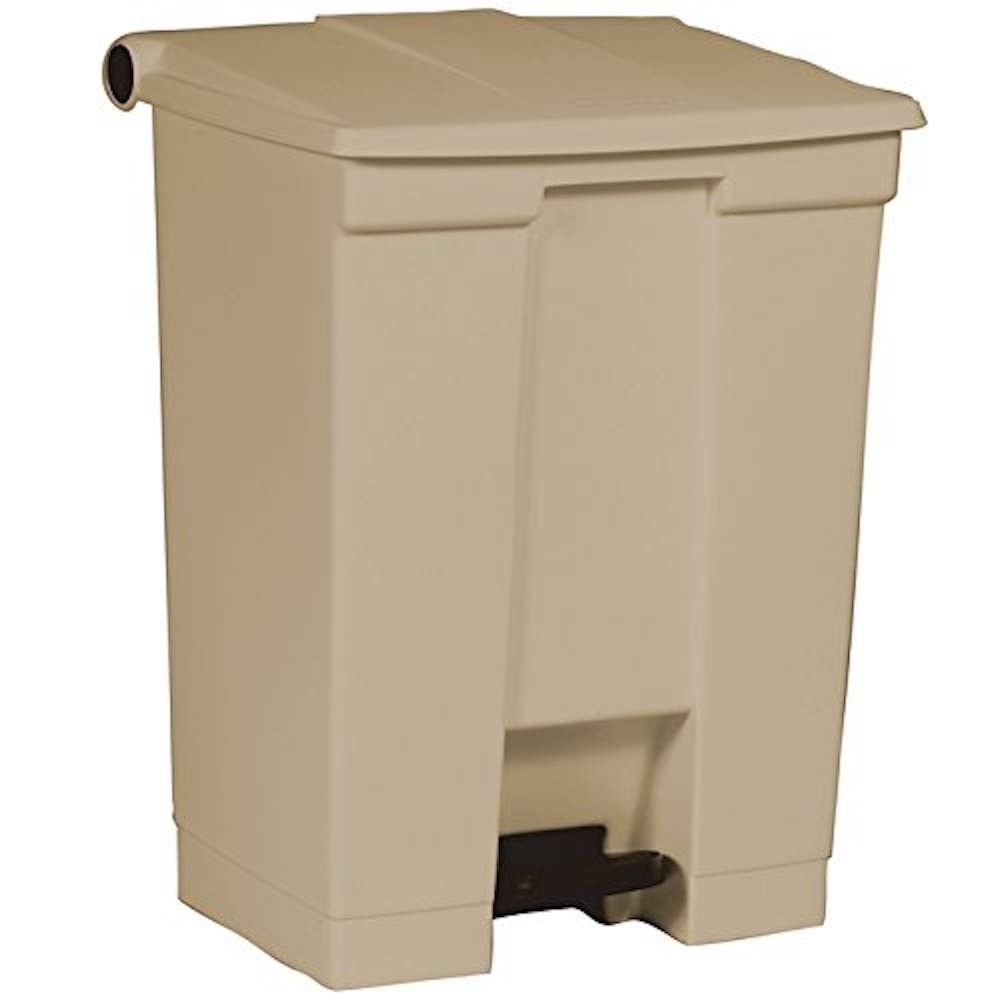Commercial trash cans have evolved significantly in response to shifting waste management regulations, which increasingly prioritize sustainability and efficiency. These regulations compel businesses to adopt more environmentally friendly practices, influencing the design and functionality of trash cans used in commercial settings. One notable adaptation is the emphasis on recycling and waste segregation. Modern commercial trash cans are often equipped with separate compartments or color-coded lids to facilitate easy sorting of recyclables from general waste. This segregation not only promotes recycling but also ensures compliance with regulations that mandate the separation of different types of waste. Businesses are encouraged, and in many cases required, to implement recycling programs, and specialized trash cans play a crucial role in making these programs accessible and effective. Another key trend in commercial trash can design is the incorporation of sensor technology and smart features. These innovations help optimize waste management by monitoring fill levels, optimizing collection schedules, and minimizing overflow. Sensors can alert maintenance staff when bins are nearing capacity, reducing the likelihood of waste spillover and improving overall cleanliness.

Additionally, smart trash cans equipped with compacting mechanisms can significantly increase capacity, reducing the frequency of collections and lowering transportation costs, which aligns with sustainability goals. Moreover, the materials used in manufacturing commercial trash cans have also undergone a transformation. There is a growing preference for durable, weather-resistant materials such as stainless steel, high-density polyethylene HDPE, and recycled plastics. These materials not only enhance the longevity of the trash cans but also support environmental objectives by reducing the use of virgin plastics and promoting the circular economy. In response to regulations aimed at reducing landfill waste, some commercial trash cans are designed specifically for organic waste collection. These bins feature airtight seals and odor-control mechanisms to manage food waste effectively. Such specialized bins are becoming increasingly prevalent in industries like hospitality and food service, where organic waste constitutes a significant portion of overall waste generation.
Additionally, aesthetic considerations are playing a larger role in commercial trash can design. Businesses are recognizing that the appearance of trash cans can influence customer perceptions and overall ambiance. As a result, manufacturers are offering a variety of styles, colors, and finishes to complement different commercial environments. Sleek, modern designs are increasingly favored in upscale establishments, while more robust, utilitarian options remain popular in industrial settings. Furthermore, regulatory requirements regarding accessibility have prompted the development of trash cans that are user-friendly for all individuals, including those with disabilities. These bins feature features such as easy-open lids, lower height profiles, and clear signage for efficient waste disposal. In conclusion, commercial trash cans are adapting to changing waste management regulations by incorporating innovative technologies, materials, and design features. As regulations continue to evolve, the evolution of commercial trash cans is likely to accelerate, driven by a shared commitment to environmental stewardship and operational excellence in waste management.